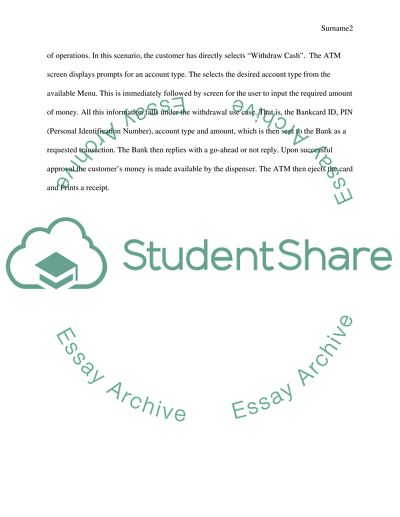Cite this document
(“Uses Cases Assignment Example | Topics and Well Written Essays - 1250 words”, n.d.)
Retrieved from https://studentshare.org/information-technology/1646736-uses-cases
Retrieved from https://studentshare.org/information-technology/1646736-uses-cases
(Uses Cases Assignment Example | Topics and Well Written Essays - 1250 Words)
https://studentshare.org/information-technology/1646736-uses-cases.
https://studentshare.org/information-technology/1646736-uses-cases.
“Uses Cases Assignment Example | Topics and Well Written Essays - 1250 Words”, n.d. https://studentshare.org/information-technology/1646736-uses-cases.


